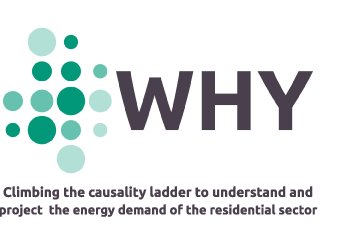Statistical learning of residential electricity consumption data
Our sister project newTRENDs released the first study aimed at using load profile clustering and socio-demographic segmentation to improve energy demand modeling at EU level, in particular by better capturing energy consumption behaviors, comparing different clustering approaches, and including very recent high-frequency electricity consumption data.
Residential and commercial actors contribute around 30% of global energy-related emissions. By transitioning from consumers to prosumagers, the energy consumption and GHG emissions of these two sectors are expected to be reduced. This transition can be supported, among other factors, by the digitalization of energy consumption and production systems within buildings. Smart Meters (SMs) are one of the main technical innovations supporting digital information collection and analysis for optimizing energy management.
The availability of big datasets from electricity smart meters in the residential sector not only enables novel types of behavioral and other demand response interventions, but also provides an unprecedented opportunity for a new empirical basis for energy-demand policy making. The study of high-frequency electricity consumption data can help understand patterns of consumption at weekly, daily and hourly level, where the most common mean of understanding household behavior has been derived from monthly billing.





